Apple in 2017: selling Macs and causing heart attacks with security lapse
Login bug in High Sierra was a definite low point
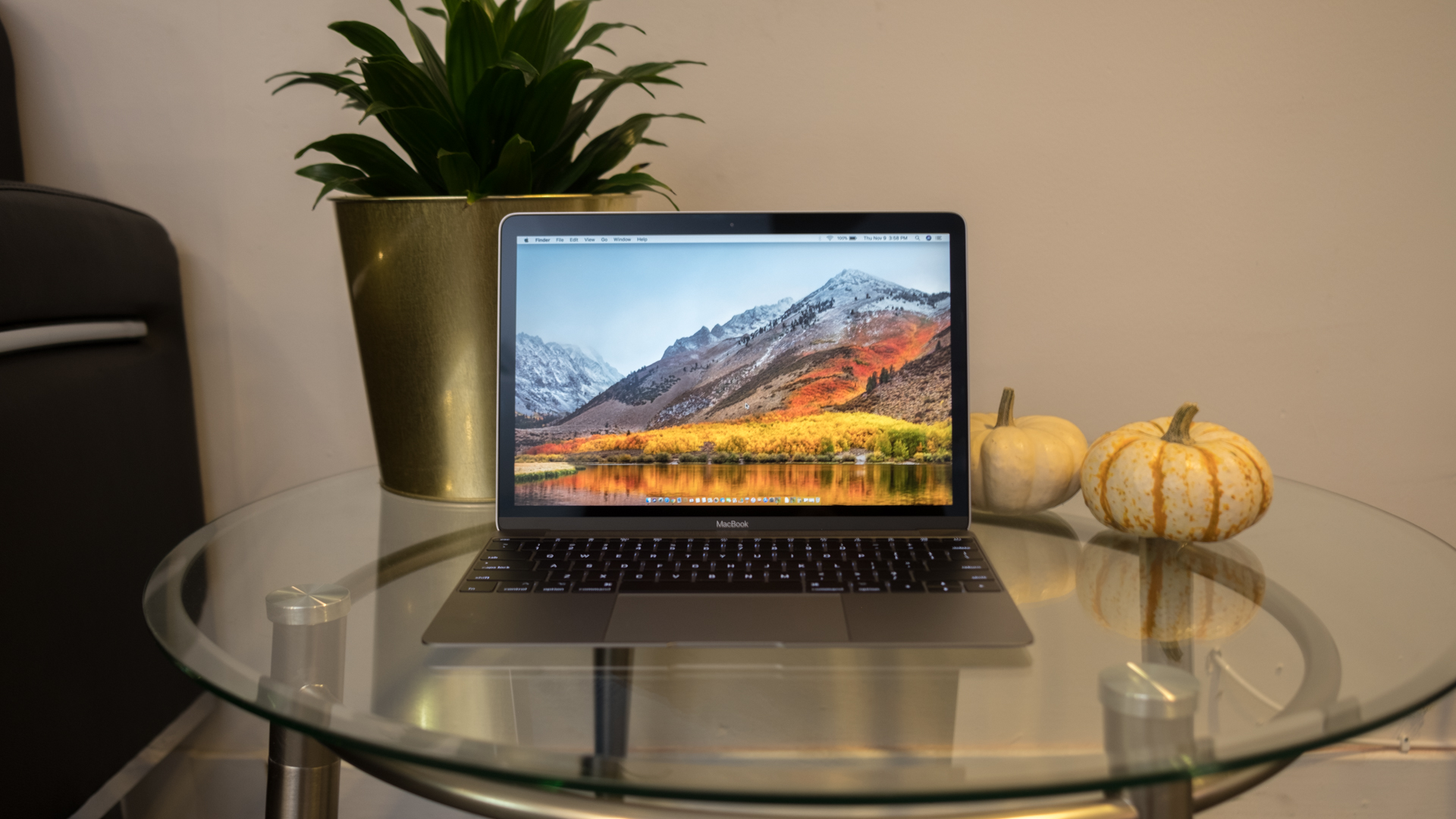
How did things go for Apple in 2017? This is our report card for the company which will discuss the highpoints and the low ebbs which respectively buoyed and buffeted Tim Cook’s firm throughout the year. Although note that we’re just talking about the computing front here, and our report won’t go beyond the scope of Apple’s computers and notebooks, plus related software, (so there’ll be nothing on the mobile front, i.e. the iPhone and iPad).
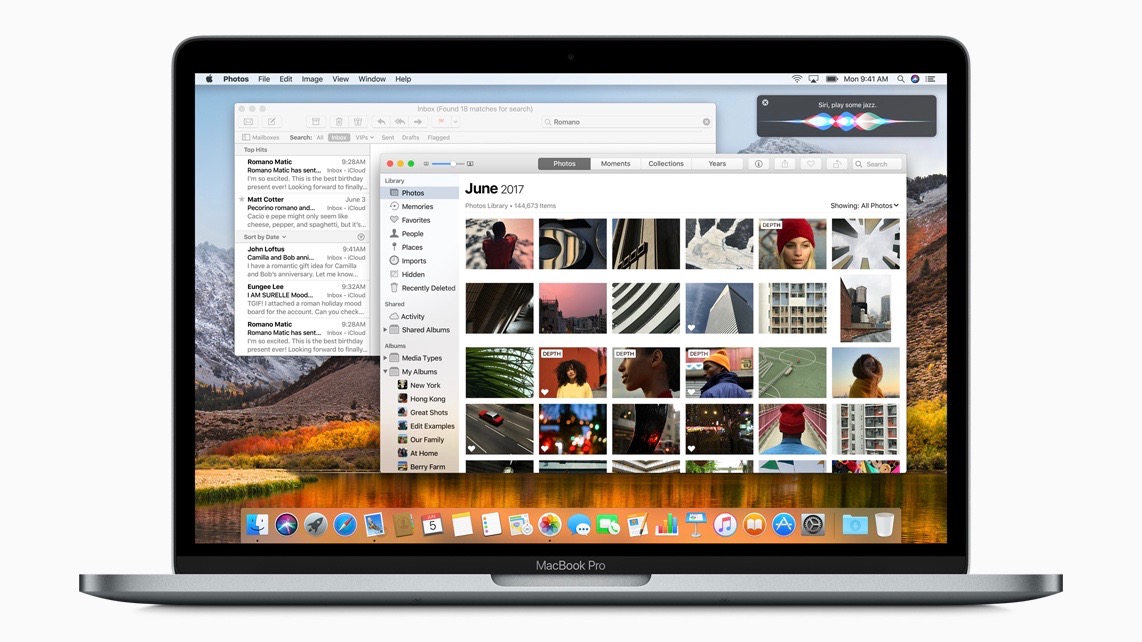
Security shambles
We’ll begin our evaluation of Apple’s year in computing on the software front, considering the recent high profile security shenanigans which have clearly damaged the company’s reputation as 2017 draws to a close.
Traditionally, Apple likes to be known for its ironclad security and the safe havens of its walled ecosystems. Macs have always been viewed as a far safer proposition than Windows PCs, if only because as a relatively niche OS in comparison to Microsoft’s, it’s less often targeted by malware peddlers.
But the threat landscape is changing rapidly, and this year has witnessed even more attacks on Apple’s desktop computing platform. According to Malwarebytes, there was a massive 230% rise in Mac malware as of July 2017 (compared to the previous year). That includes the first macro-based Word document attack aimed at Macs, not to mention a load of other stuff.
Against that general backdrop, macOS 10.13 High Sierra was unleashed in September, and was largely well-received, save for some bugs and glitches. But then, at the end of November, the mother of all bugs descended on Apple’s desktop OS – perhaps the mothership of all bugs, from the planet Exploit on the far side of the Critical Vulnerability system.
Unbelievably, the security flaw in question allowed anyone to log into a Mac computer and gain full access (the ability to do anything) simply by using ‘root’ as the username, with no password needed. Embarrassing doesn’t really cover it. Catastrophic is probably closer to the mark.
As you’d expect, Apple fixed the problem sharpish, but the fact that this gaping black hole (yes, hold onto your helmets, the space metaphor returns) even existed in the first place is a cock-up of galactic proportions.
Sign up for breaking news, reviews, opinion, top tech deals, and more.
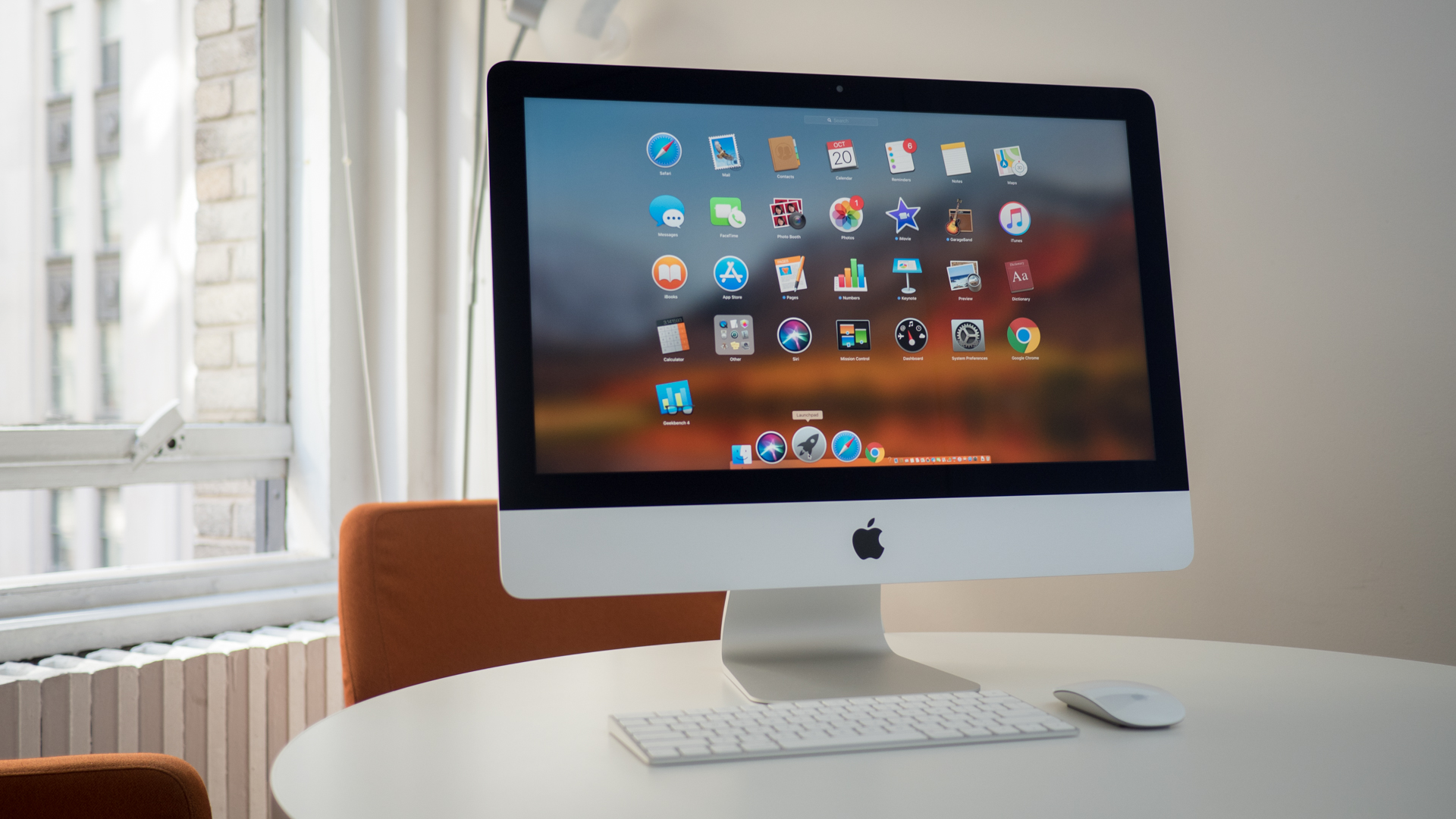
Macs-a-million
Things are more positive on the hardware front, at least on the face of it. Apple’s most recent financial figures (from November) painted a pretty rosy picture of Mac sales. The company flogged 5.4 million Macs, which was just over 10% up on the previous year’s tally. Profits were even stronger for Apple’s computers, coming close to touching $7.2 billion (around £5.4 billion, AU$9.6 billion), which represented a huge leap of 25% year-on-year.
Despite some blips in sales throughout the year (particularly in the US – at least according to analyst firm Gartner), CEO Tim Cook proudly declared that the Mac had achieved its highest revenue total ever in 2017, reaching $25.8 billion (around £19.3 billion, AU$34.4 billion) for the year.
You can’t really argue with those sort of numbers. Well, there’s no ‘really’ about it; you can’t argue with them full-stop. But before we get carried away with the idea that Apple’s Mac desktops and MacBook laptops were an unqualified success throughout the year, let’s look a bit more closely at a few aspects here. Principally: what was the reaction on the ground to Apple’s machines? What were the thoughts spilled amongst the chattering keyboards of the internet – and indeed our own expert reviewers?
Let’s start with desktops first. Apple ran a refresh on its iMac range this year, and while the all-in-one remains looking somewhat dated, the new offerings were generally well-received, and a rare bright spot for Apple in terms of value-for-money at the entry-level point.
Apple also revealed the iMac Pro, the new spin on Apple’s PC which is aimed firmly at professional users, and will be launched imminently. It’s a very powerful machine, and although it’s still unclear how the product will pan out, what we do know for sure is that it’s pitched at a rather jaw-dropping starting price of $4,999 (around £3,720, AU$6,650), making it a niche proposition at any rate.
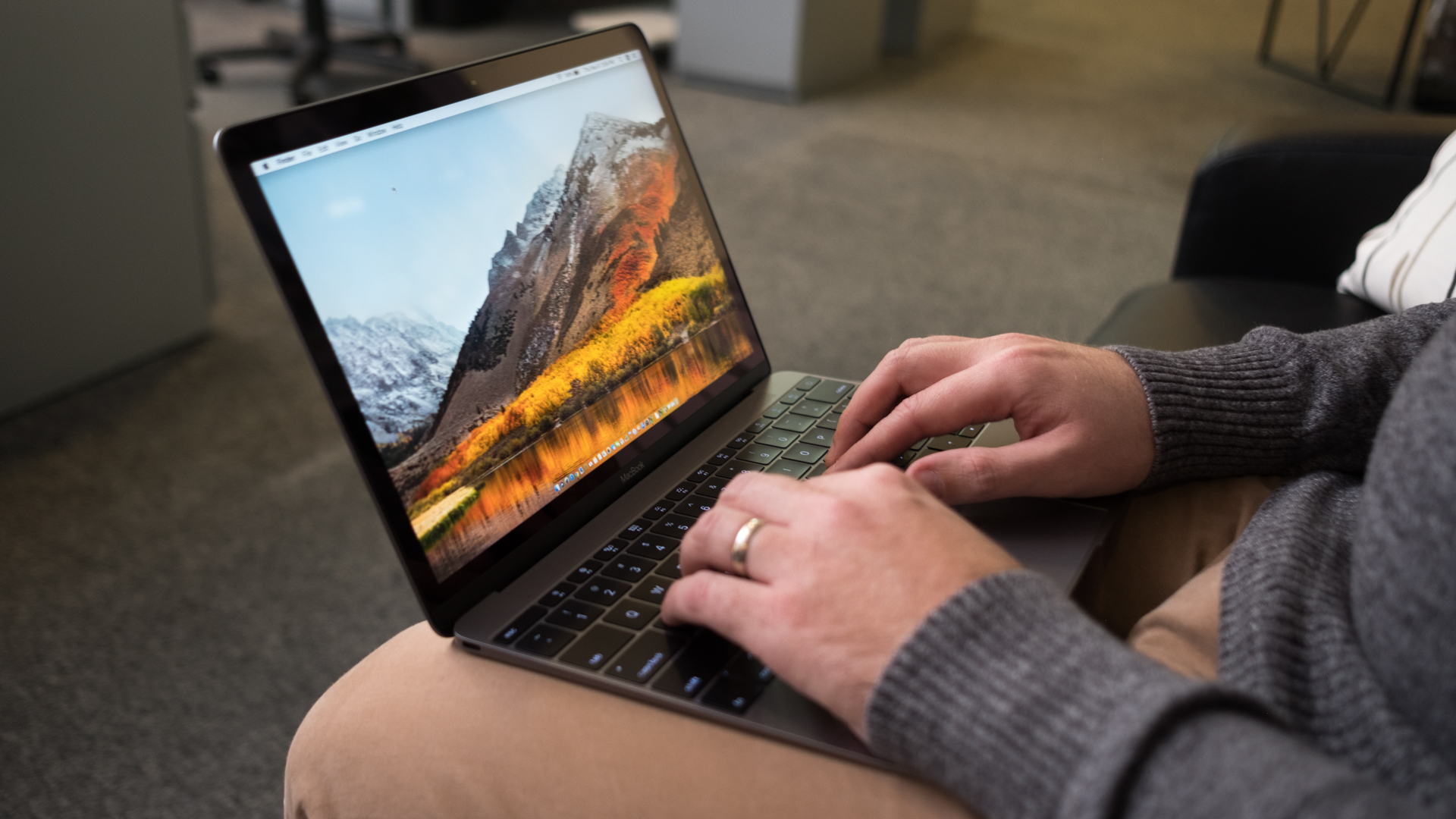
Tremors of discontent
Moving onto notebooks, there’s much more to talk about, and some unhappier rumblings here. Apple refreshed both the 12-inch MacBook and MacBook Pro this year, and we certainly loved the former, which boasted a considerably improved keyboard (a much-needed move). The vanilla MacBook is a strong notebook now, no doubt, although it remains connectivity-challenged with only a single USB Type-C port. And it’s expensive – in fact, at $1,299 (£1,249, AU$1,899), it now starts at the same price as the MacBook Pro (non-Touch Bar).
Speaking of which, 2017’s refreshed MacBook Pro range was a wobblier affair. The keyboard has been much criticized over various issues and its overall feel, and even on this new model we found it a little noisy, and encumbered by something of a learning curve (concerns voiced in our review). Battery life also remains a thorn in the USB-C port, as it were.
And pricing is once again an issue. Particularly for the MacBook Pro variants with the fancy new Touch Bar, which start at a rather eye-watering $1,799 (£1,749, AU$2,699) for the base model. Take a moment to look at that price tag again. Now recall that we just mentioned Apple’s Mac profits leaping 25% this year. Is it any wonder with these sort of profit margins, particularly on these Touch Bar-toting MacBook Pro models?
So while the MacBook refreshes Apple pulled off in 2017 did some good work, many folks – including our reviewers – were unsurprisingly disappointed that the firm didn’t manage to curb the excesses of pricing on these laptops. They seem awfully expensive for the actual components you’re getting inside the notebooks.
Wait a minute – how did we get here? From booming Mac sales into an accumulating avalanche of negativity? That’s the interesting thing about Apple. Even though tendrils of negativity may snake out from all corners of the net trying to hold the firm’s products back, Apple’s machines will simply shrug these off and happily continue to set record quarterly revenues. It’s just what Apple does. Apple knows best, and the firm definitely knows how to make money.
But, interestingly, during 2017, something major did seem to change in terms of Apple’s attitude towards its customers with an axe of one kind or another to grind.
In short, Apple is now listening. Or at least that’s the image the company wants to project.
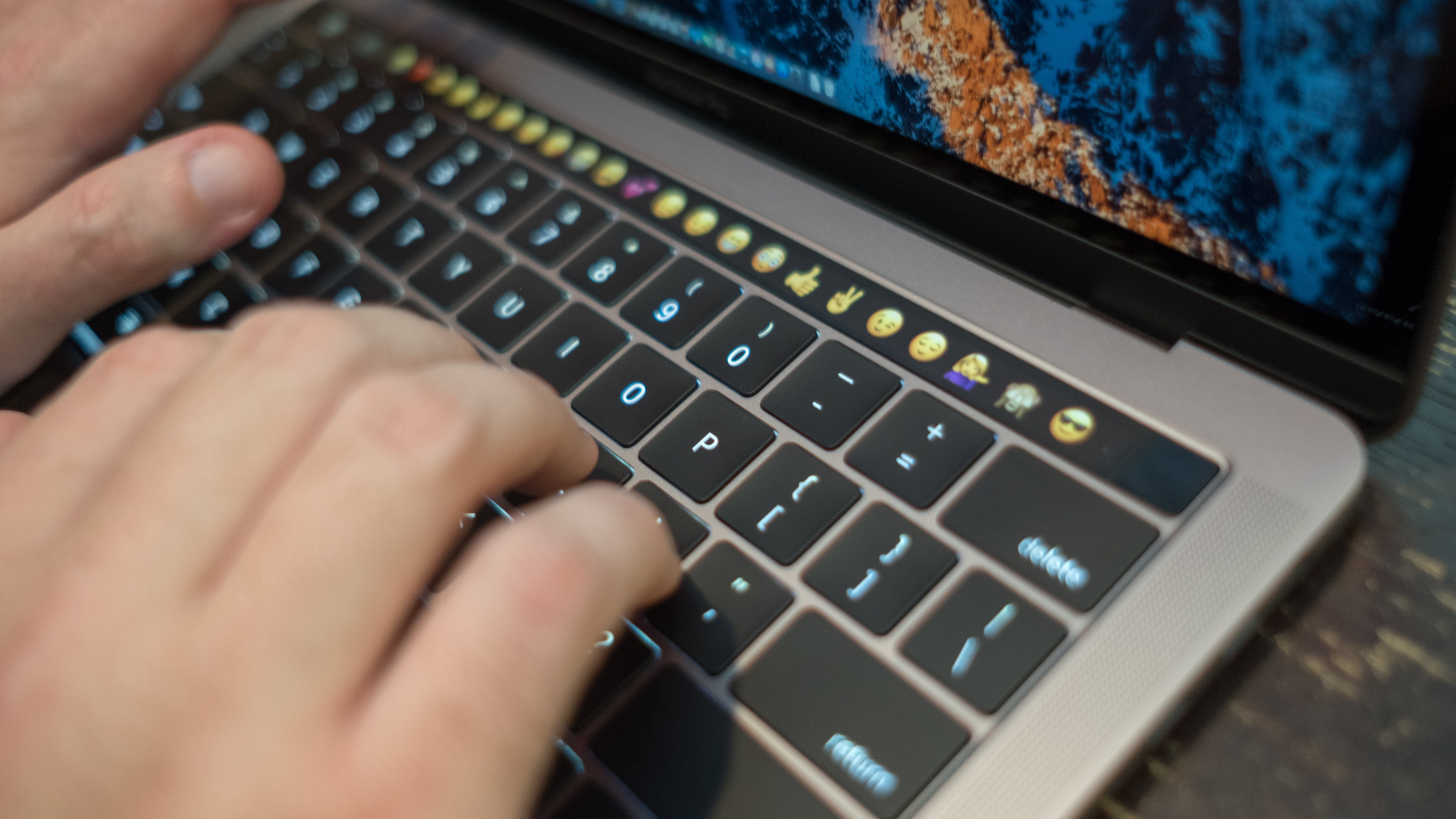
Speak now or forever scold your PCs
Apple wants your feedback. In April, a couple of months before the official unveiling of the iMac Pro, three big pips from Apple – Phil Schiller, Craig Federighi and John Ternus – gathered together to brief the press on how the firm was proceeding with the next Mac Pro, and how it had made mistakes with last incarnation of the machine.
This trio of Apple top brass were especially keen to make it clear that Apple has been listening to Mac Pro users and their complaints, in order to make the next-generation machine (which may well arrive in 2018) a better offering.
And earlier this month, Jony Ive, Apple’s design guru, made it clear that the company is listening to MacBook complaints as well. Ive commented: “Absolutely, all of your feelings and feedback around the MacBook you use, we couldn't want to listen to more. And we hear – boy, do we hear.”
The message is clear. Like Microsoft – which has gone to great pains to stress the importance of user feedback since Windows 10 launched – Apple is listening. Tim Cook even replies to customer emails like Steve Jobs used to do (and most recently the CEO assured one punter that the Mac mini isn’t dead).
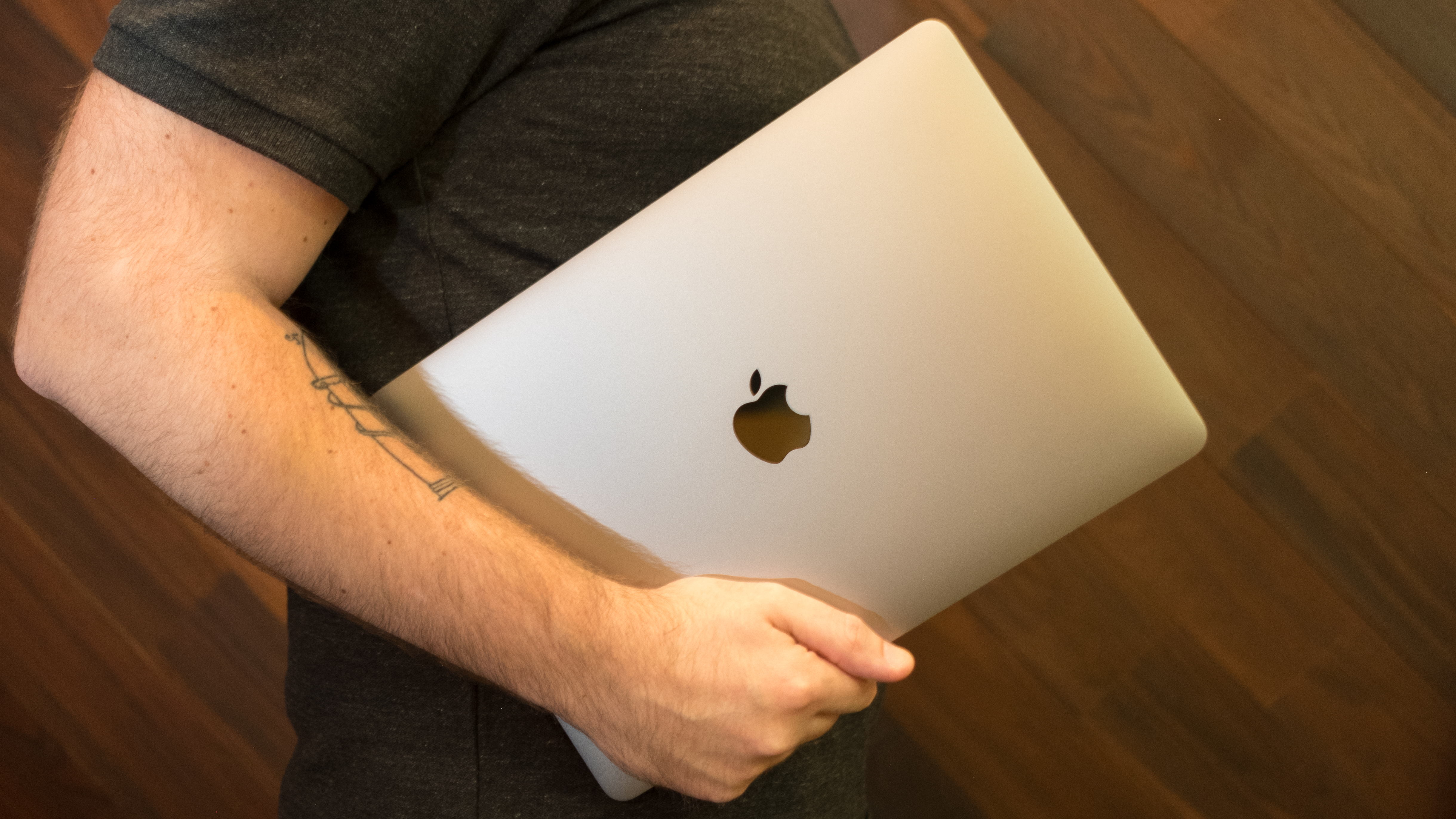
Looking to next year
Overall, then, 2017 was something of a low on the software front, at least in terms of security, but Apple certainly did better with its hardware – and with its attitude, too. The apparent new willingness to listen generates a rather hopeful vibe as we head into 2018. And the hope is that we’ll get a company which doesn’t just listen, but also acts and makes good on its promises.
So with that in mind, with any luck, we’ll see a new, more configurable Mac Pro arrive next year, and a MacBook Pro which has been further honed based on user feedback. Perhaps the biggest question, though, is whether there’ll be any movement in terms of a cheaper MacBook Pro, or indeed a lowering of the price bar for the entry-level MacBook 12-inch.
But when Mac sales are riding high as 2017 comes to a close, even with prices stacked as they are, maybe that’s a dream too far. But we can still dream it…
What we absolutely don’t need is another nightmare of a gaping, abyssal flaw in macOS. Whatever comes to pass in 2018, Apple simply can’t afford to fall asleep at the wheel of the security bus in that fashion again.
- We’ve rounded up the best cheap MacBook deals for Christmas
Darren is a freelancer writing news and features for TechRadar (and occasionally T3) across a broad range of computing topics including CPUs, GPUs, various other hardware, VPNs, antivirus and more. He has written about tech for the best part of three decades, and writes books in his spare time (his debut novel - 'I Know What You Did Last Supper' - was published by Hachette UK in 2013).